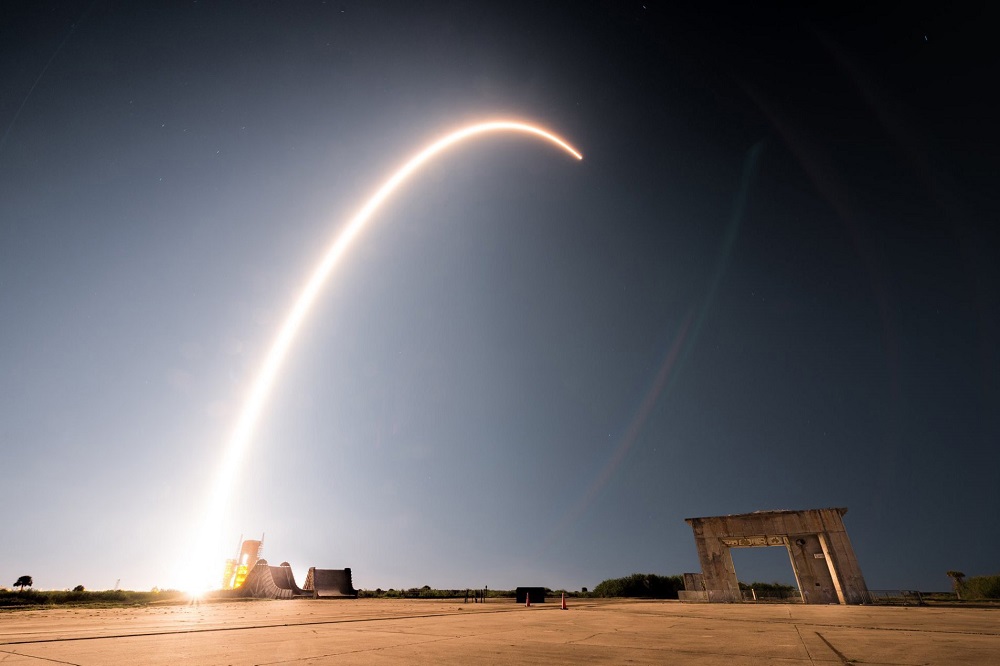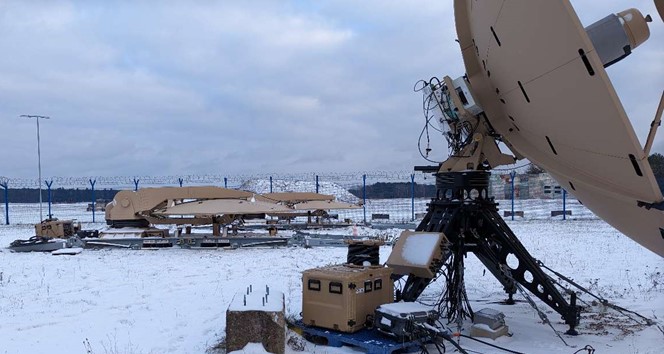
On 9 January, the US Army released a new space vision focused on integrated multidomain operations. The brief document provides valuable perspective on how the US Army views its role in joint and combined space operations.
Why should Australians care? With the recent formation of the US Space Force, America’s legacy military services find themselves in much the same position as Australia’s Defence Department in relation to external space-based effects providers. Australia can learn from the US experiences.
Australia has long relied on civil agencies, allies and commercial entities for critical space-based enablers. It has struggled to find the right mix of investment in sovereign capability on the one hand and close international partnerships on the other.
With this dilemma lingering unanswered, there has been a long silence from Defence on the particulars of its space strategy. The 2023 defence strategic review (DSR) contained only high-level guidance. Defence’s space strategy was released in 2022 and drew heavily on the earlier defence strategic update and force structure plan (FSP).
The space strategy acknowledges that it lacks the ‘…detailed “what”… “how” and “when” required for execution’. It promises a space program roadmap laying out these specifics. This roadmap has not been made public.
When it comes to specifics, here is what we know. The FSP allocated up to $7 billion through 2030 for investment in sovereign military satellite communications, a program that continues to move forward. It provided up to $2 billion through 2038 for space situational awareness capabilities that have also made some progress. More aspirational were the $3.1-4.5 billion in commitments to satellite communications assurance and ‘contested space terrestrial operations’ not scheduled to begin until 2027 and beyond.
The DSR made several organisational recommendations without providing strong guidance on spending priorities. Perhaps most significantly, it recommended separate funding lines for space capabilities and building a defined career path for defence space professionals.
In terms of funding, the military SATCOM acquisition program is the only one to crack the top 30 in the annual portfolio budget statements. Having access to space situational awareness continues to rely heavily on international partners.
Outside Defence, progress has been feeble. The civil space strategy dates back to 2019 and sketches out only the flimsiest of budgetary commitments, many of which have been recently called into serious question.
So, what can we learn from the US Army’s space vision? Where is the service choosing to invest directly, and where is it relying on partnerships?
The vision document proposes two core competencies for its space professionals:
First, they must maintain the expertise to integrate with service providers in key warfighting functions such as precision navigation and timing, deep sensing, beyond-line-of-sight communications, force tracking, environmental monitoring, space domain awareness and geospatial information. In the not-too-distant past, it was common for America’s military services to duplicate capability investments in the name of maintaining control. Those days are gone when it comes to the space domain. The new focus is on maintaining expertise to capitalise on the wide range of space-based capabilities on offer.
Second, US Army space professionals must maintain the ability to protect warfighters from adversary space capabilities. This means delivering effects to ‘…protect friendly forces from observation and targeting by counter-satellite communications, counter-surveillance and reconnaissance, and navigation warfare operations.’
The Army’s vision document identifies key hardware investments that will empower those highly trained space professionals. Next-generation tactical terminals will ‘…leverage multi-orbit satellite communication services and access space-enabled tactical intelligence, surveillance and reconnaissance platforms to meet deep sensing requirements.’ Layered systems such as stratospheric balloons and semi-autonomous aircraft will provide ‘redundant and complementary capabilities.’

Even as Australia’s Defence Department struggles to decrease its reliance on the US MILSATCOM system with Australian-operated geosynchronous satellites, international industry roars ahead. Low earth orbit constellations such as SpaceX’s Starlink are pushing data speeds toward the gigabit level and dramatically decreasing latency. They are reducing reliance on terrestrial infrastructure from ground stations to undersea cables with scaled optical inter-satellite links. The US Defense Innovation Unit is moving to capitalise on such capabilities with its hybrid space architecture while the Space Force looks for ways to best engage the commercial market.
Companies as close to home as Rocket Lab are moving up the value chain, joining legacy primes like Lockheed Martin and Northrop Grumman to provide satellites for the US Space Development Agency’s proliferated warfighter space architecture. Intermediaries are proliferating to fill gaps in the emerging network. Defence’s space strategy provides only passing reference to such capabilities.
Where should Australia focus its efforts? Progress has been patchy in areas of clear competitive advantage. Investment in space domain awareness trickles in, lagging far behind both US contributions and funding for the flashier communication satellites. Plans to capitalise on a clear and unassailable geographical advantage in space launch continue to languish.
It’s time to be honest with ourselves: How bad do things need to get before Australia is entirely cut off from the myriad of allied and commercial service providers in the space domain? If we get to that point, will a few Australian-operated satellites really matter?
Increasingly, adding to national sovereign space capability by launching another satellite is as quixotic as adding to national sovereign cyberspace capability by plugging in another computer. This is not to say Australia’s new SATCOM capability won’t be a valuable enabler. But it can’t be the centerpiece of a long-run space investment strategy.
In a networked world, defence strategy development has become more difficult than ever before. It is no longer possible to simply build the fences higher and the guns larger. All of us, the US included, are inextricably linked in ways that will make debates over national sovereignty ever more quaint.
The US Army has taken the right approach when it comes to the space domain. Its core investments are in training and in the tools required to make the most of partner capabilities. Resilience comes from tapping into the full range of services on offer, not from trying to re-create them. It seeks to contribute to the broader ecosystem only in areas where it holds obvious advantages. Australia should take note.

